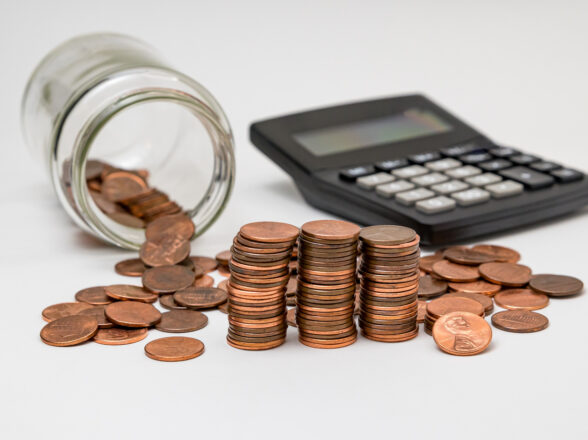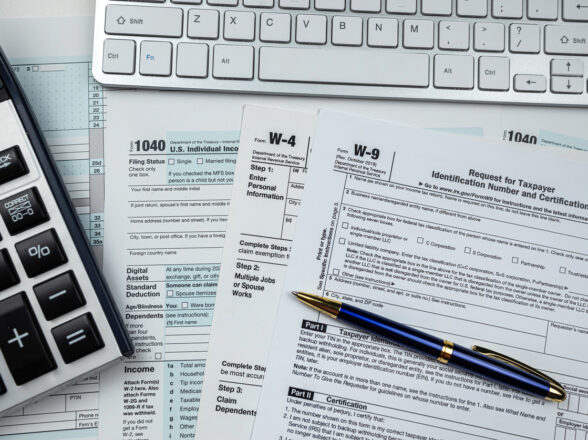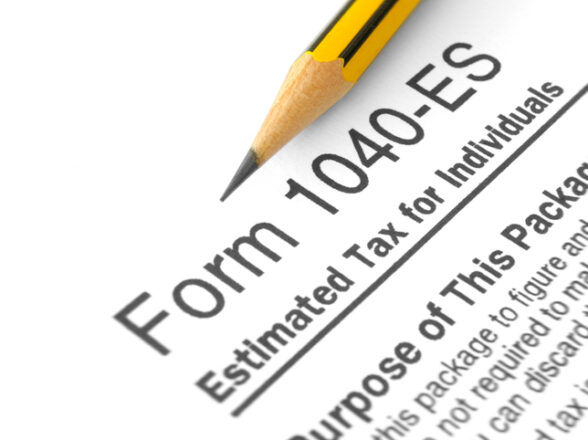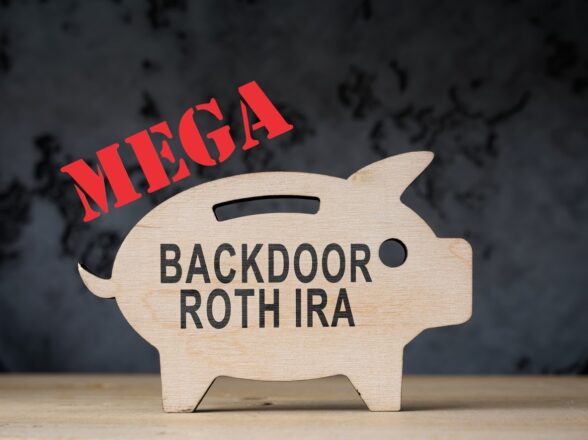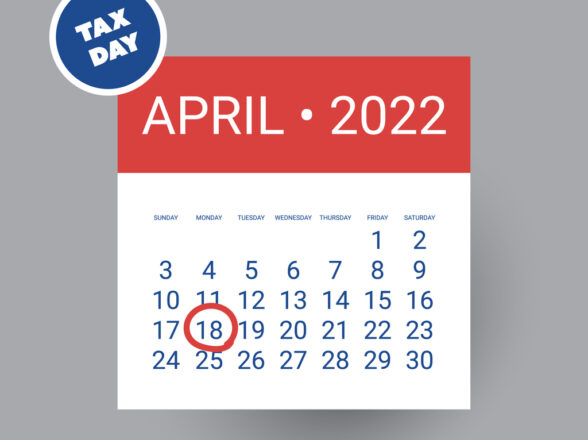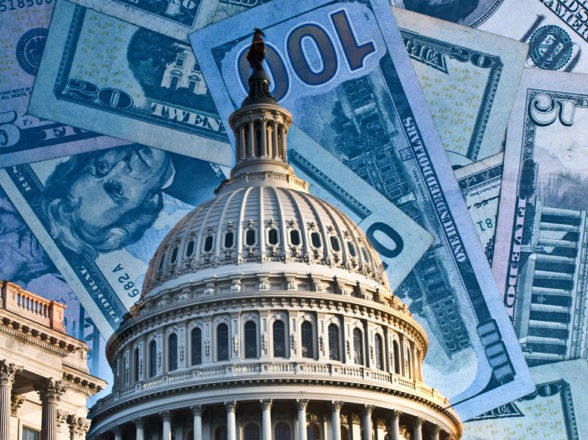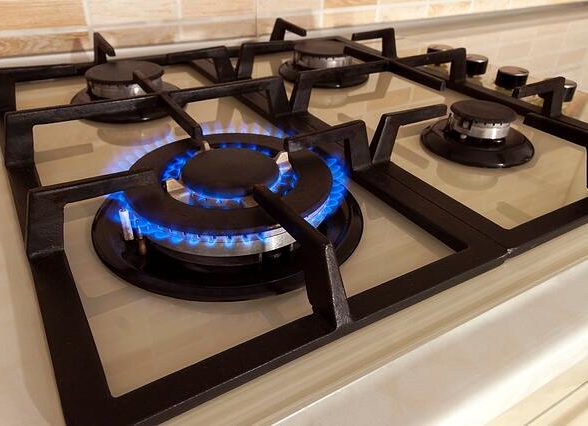Blog
Homeowners: $4k In Annual Savings on Rate Drop

As the Federal Reserve embarks on its campaign to lower interest rates, U.S. homeowners are eagerly grasping for mortgage savings. With mortgage rates now nearing 6%, the lowest in two years, borrowers are flocking to shave thousands of dollars off their annual payments. This move is not just about reducing monthly expenses; it’s about freeing up cash that could be used to continue consumer spending, outlays for home improvements, debt repayment, and more.
The Mortgage Bankers Association’s refinancing index jumped 20.3% in the week ended Sept. 20 to the highest level since April 2022, according to data released Wednesday. This surge follows a remarkable 24.2% increase in the prior week, indicating a strong trend toward refinancing. Refinancings now make up more than half of total mortgage applications—a clear sign that homeowners are seizing this opportunity.
Granted, the current level is still well below the average of the past three decades as many Americans hold onto mortgages with interest rates in the 2%-3% range. However, this recent surge indicates that it may not take much for other mortgage holders to realize significant savings. The last time refinancing activity was this high was when mortgage rates were just under 5%, according to MBA.
Refinancing your mortgage can be a game-changer, especially in an environment where interest rates are falling. For example, the average loan refinanced last week was around $386,000. If this loan were taken out a year ago, and assuming that $4,000 in principal has been paid off during that time, the original loan amount would have been about $390,000.
At a 7.41% rate when that loan was originated, the homeowner would be paying approximately $2,700 a month. However, refinancing the remaining $386,000 into a new 30-year mortgage at today’s rate of 6.13% would translate to a monthly payment just under $2,350. That’s an impressive saving of $350 each month or more than $4,000 annually.
The financial benefits become even more substantial with larger loans due to the exponential effect of lower interest rates. Consider a $1 million mortgage—once considered rare but now much more common. At last year’s rate of 7.41%, the monthly payment would have exceeded $6,900. By refinancing to today’s rate of 6.13%, that payment drops to around $6,079 per month—a savings of over $800 every single month. These figures clearly illustrate how significant even seemingly small reductions in interest rates can be for homeowners with sizable mortgages.
This trend points to a promising future where more homeowners can leverage these favorable conditions for financial relief and investment opportunities—whether it’s enhancing their homes or paying down existing debts—ultimately contributing positively to economic stability and growth. On the flip-side, as rates move lower, typically, home values increase which further pressures the already priced-out first time home buyers.


















